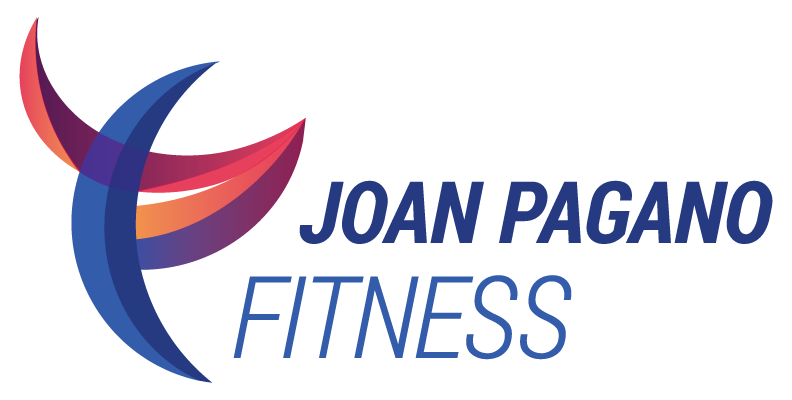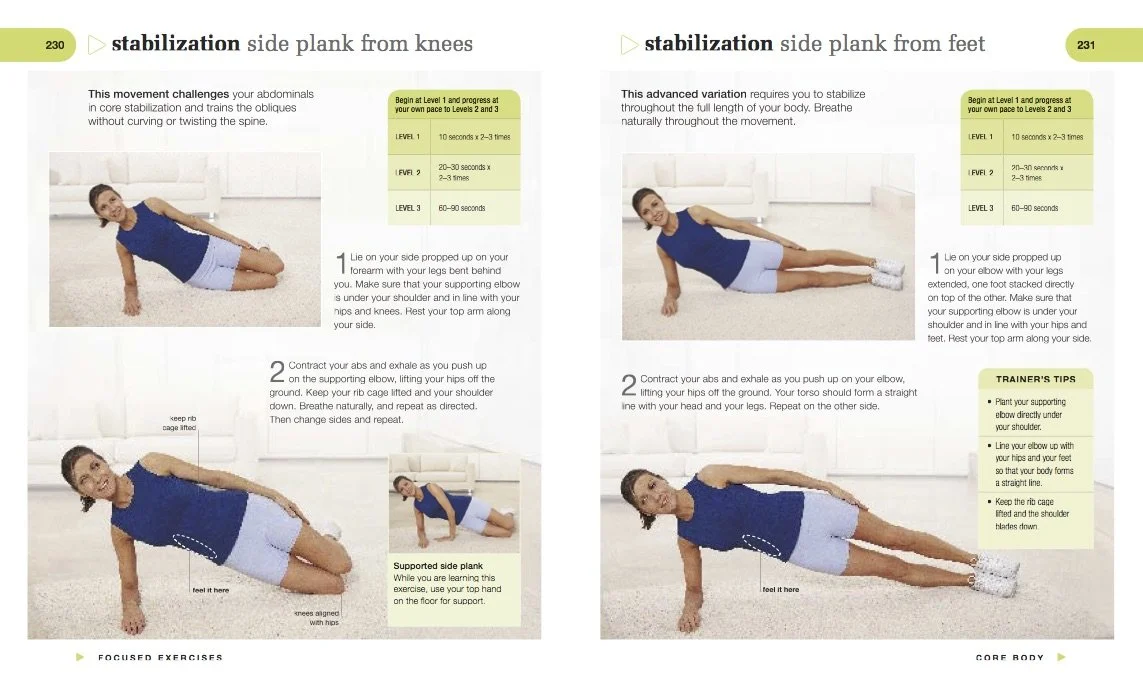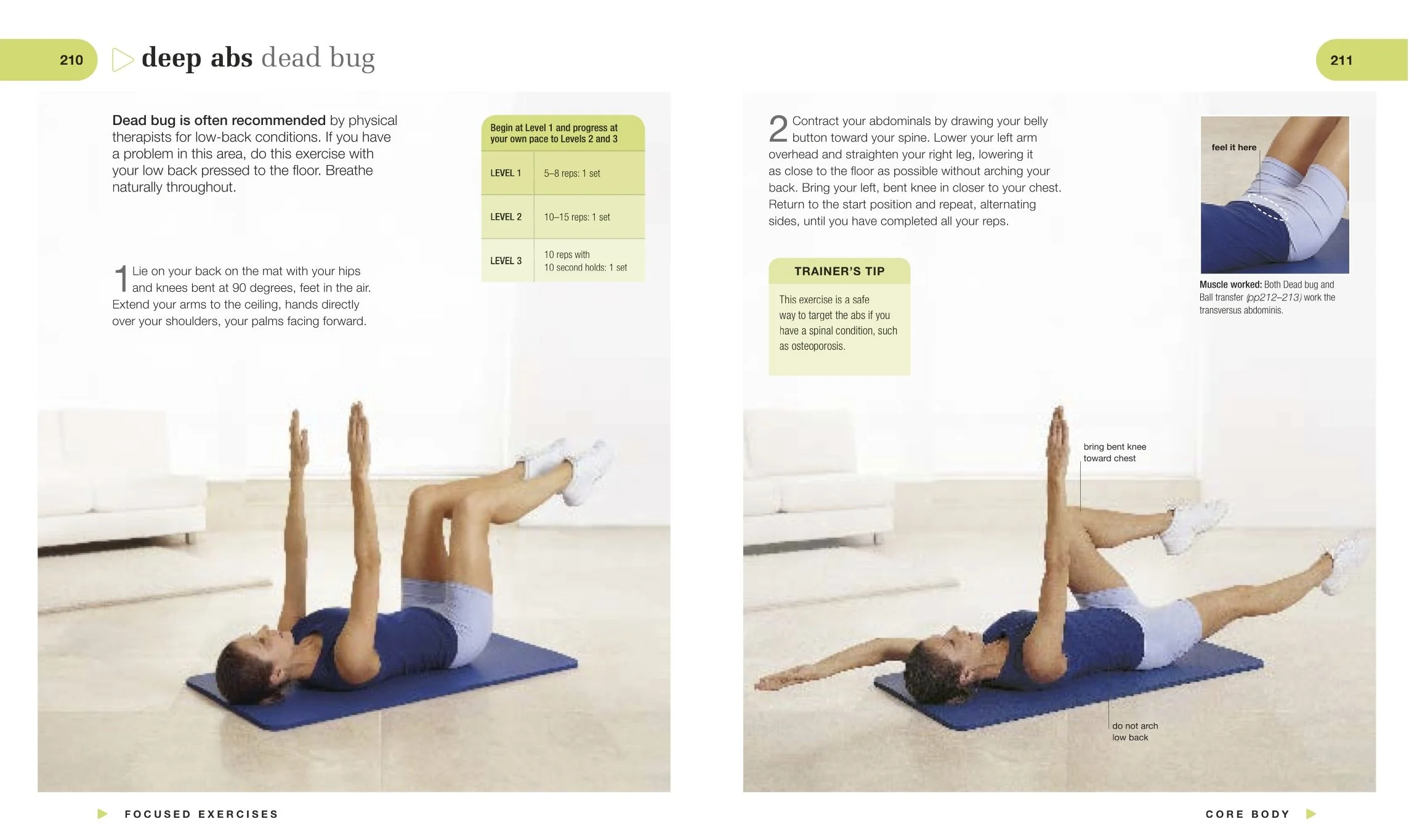Best At-Home Abdominal Exercises
The “best” abdominal exercises depend on individual fitness levels and goals, but some rank high for core strength and definition.
What role do the abdominals play in the core muscle group?
For this advanced variation of the classic crunch, see below.
The abdominals are the front-line workers of your core, essential for movement, balance, and protection of the spine. The are a key part of the muscular system that stabilizes the spine and pelvis, supports posture, and enables movement.
Core Muscles Overview
The core includes:
Abdominals (front)
Obliques (sides)
Transverse abdominis (deep core)
Erector spinae and multifidus (back)
Pelvic floor muscles (support internal organs)
Diaphragm (breathing)
Functional roles of the core in movement and stability
Spinal support: protects the spine by maintaining neutral alignment
Balance and posture: works with back and hip muscles for upright posture
Force transfer: transfers energy between upper and lower body in activities like walking, lifting, and throwing
Intra-abdominal pressure: helps with breathing, lifting, and bracing
Conversely, weak abdominals can lead to poor posture, low back pain, and increased risk of injury.
Defining your abdominals
Rectus abdominis
Internal & external obliques
Transverse abdominis
Rectus abdominis (the “six pack” muscle)
Function: Trunk flexion; helps stabilize the pelvis
Core role: Controls spinal movement and posture
Targeted exercise: Crunch, a classic exercise that isolates the rectus abdominis
How to perform it: Lie on your back with knees bent and lift your head and shoulders, pulling the navel in towards the spine.
Note: If you have spinal osteoporosis, it’s best to skip the crunch and avoid any movements that curve the spine forward. Instead, go to the next two exercises. For more information, please see related article: Core Exercises for Osteoporosis.
Advanced variation on the right: Increase the challenge by using a stability ball as you work harder to maintain your balance.
2. & 3. Internal & external obliques
Function: Rotation and lateral flexion of the trunk (side bending)
Core role: Stabilizes trunk during twisting or bending
Targeted exercise: side plank
The side plank trains the obliques without curving or twisting the spine.
Lie on your side, propped up on your forearm, with legs bent behind. Push up on the supporting elbow and lift your hips off the floor.
The plank exercises challenge your abdominals to stabilize the core and trains the obliques without curving or twisting the spine.
4. Transverse abdominis
Function: Compresses abdominal contents and supports the low back like a corset
Core role: Key stabilizer of spine and pelvis
Targeted exercise: Dead bug
Lie on your back with arms and legs in the air, lower opposite limbs while keeping pelvis still.
In the Dead Bug exercise, the transverse abdominis stabilizes the pelvis against the changing resistance of the arms and legs.
Sample Core Routine (all 3 groups)
Exercise Reps/Time Muscle Focus
Crunch 15-20 Rectus abdominis
Dead bug 10/side Transverse abdominis
Side plank 20-30 sec Obliques + transverse
Tips for maximizing results
Focus on proper form: Avoid momentum and work with control.
Engage your core: Consciously tighten your abdominal muscles throughout each exercise.
Vary your routine: Incorporate different exercises to target all areas of your core.
Challenge yourself: Progress to more advanced variations as you get stronger.
See related article: Core Exercises for Osteoporosis
Exercises reprinted from the book Strength Training Exercises for Women by Joan Pagano (DK, 2014)
Photographs copyright @ 2014 Dorling Kindersley Limited.
Disclaimer: The information presented in this article should not be construed as medical advice. It is not intended to replace consultation with your physician or healthcare provider.




